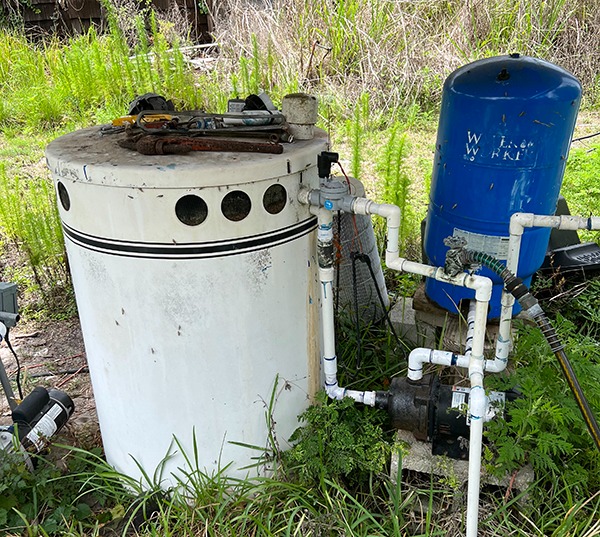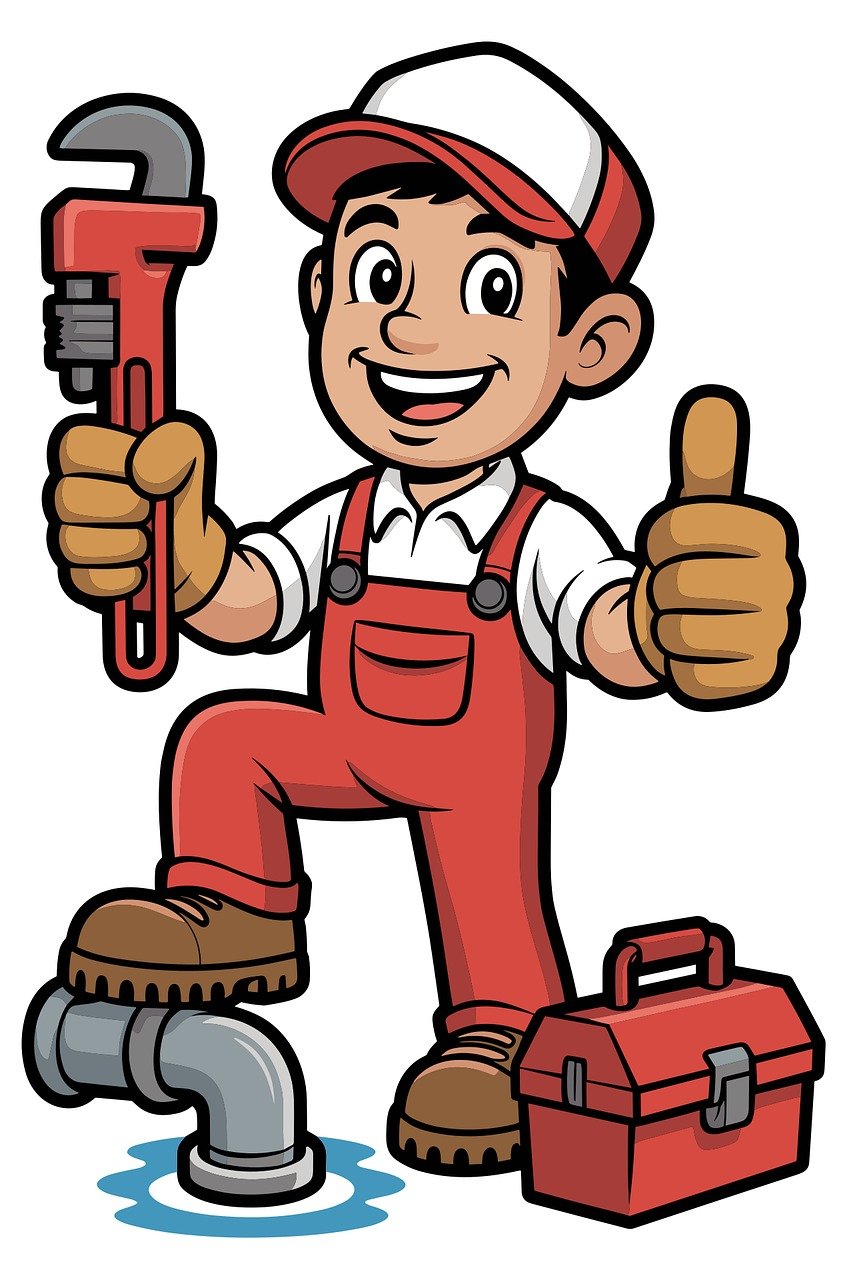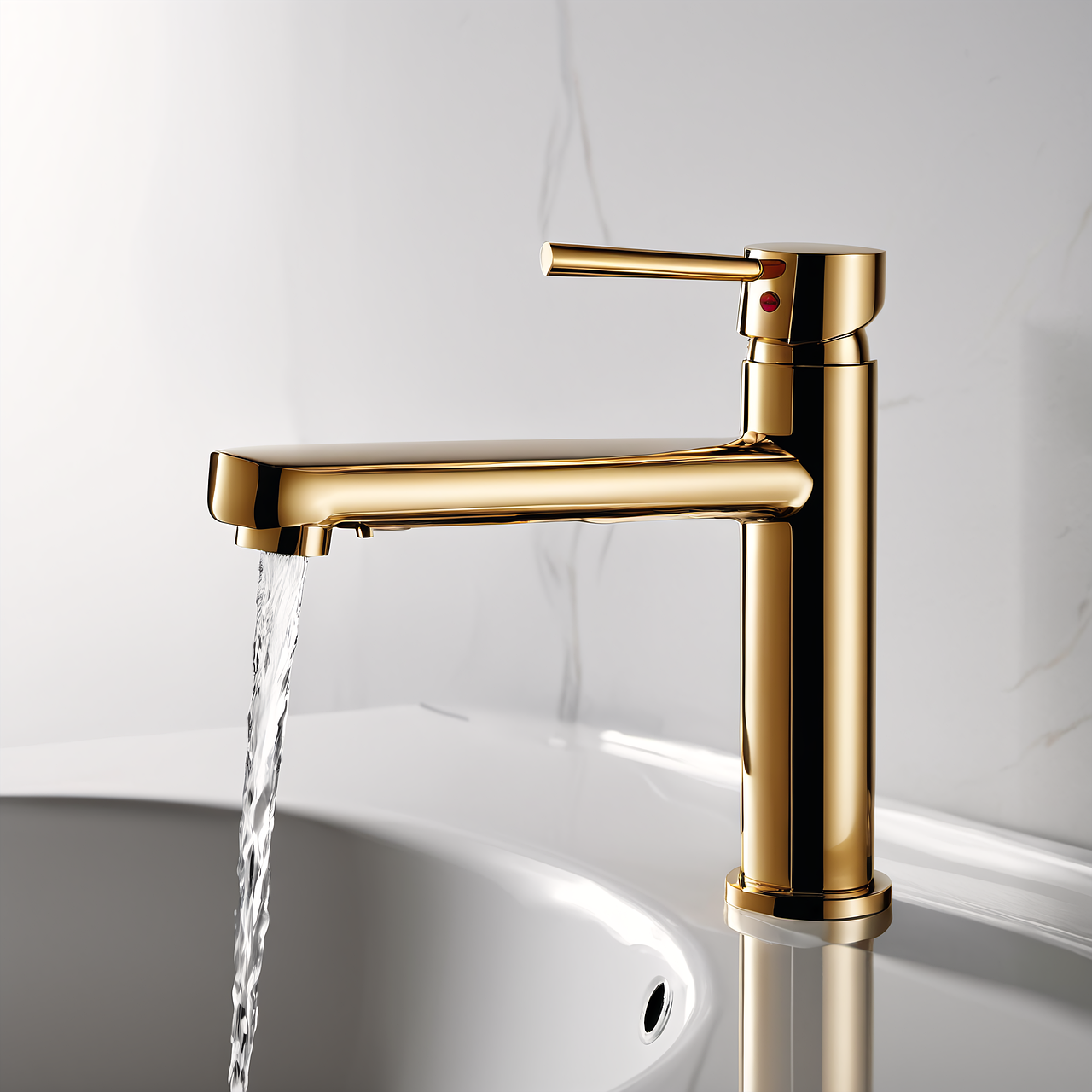Essential Guide to Well Water System Repair in Lehigh Acres, FL: Tips for Homeowners
Understanding Well Water Systems
Well water systems are a crucial component for many homeowners in Lehigh Acres, FL, providing a reliable and often cost-effective source of water. These systems are typically composed of several key elements including the well itself, a pump, a pressure tank, and various piping and filtration components. The well is drilled into the ground to access an aquifer, which is a natural underground reservoir of water. From there, the pump draws the water up through the well casing and into your home’s plumbing system. Understanding each part of this system is fundamental to maintaining its functionality and troubleshooting any issues that may arise.
One of the most important aspects of a well water system is the pump. There are two main types of pumps: submersible pumps and jet pumps.

Submersible pumps are placed inside the well and push water to the surface, while jet pumps are located above ground and pull water up using suction. Each type has its own set of advantages and maintenance requirements. For instance, submersible pumps are generally more efficient and require less frequent maintenance, but they can be more challenging to repair due to their location. On the other hand, jet pumps are easier to access but may require more regular upkeep.
The pressure tank is another vital component of a well water system. It stores water and maintains the pressure needed to deliver it throughout your home. This tank helps to prevent the pump from cycling on and off too frequently, which can cause wear and tear and reduce the lifespan of the pump. Properly maintaining the pressure tank involves regularly checking the pressure levels and ensuring that the tank is free from leaks or other damage.

Understanding the interplay between these components will give you a clearer picture of how your well water system operates and what steps you need to take to keep it in good working order.
Common Issues with Well Water Systems
Despite their reliability, well water systems are not immune to problems. One of the most common issues homeowners face is a drop in water pressure. This can be caused by a variety of factors, including a malfunctioning pump, a clogged or damaged pressure tank, or leaks in the piping. Low water pressure can be inconvenient and frustrating, making everyday tasks like showering or washing dishes more difficult. Identifying the root cause of the pressure drop is essential for effective repair.
Another frequent issue is water contamination. Well water can become contaminated by various sources, such as agricultural runoff, septic system leaks, or naturally occurring minerals and chemicals.

Contaminated water poses significant health risks and can lead to a range of problems, from gastrointestinal illnesses to long-term health conditions. Regular testing of your well water is crucial to ensure it remains safe for consumption. If contamination is detected, it is important to address the source of the problem and implement appropriate filtration or treatment solutions.
Mechanical failures are also a common concern with well water systems. Pumps, pressure tanks, and other components can wear out over time, leading to breakdowns and the need for repairs. For example, a submersible pump may stop working due to electrical issues, while a jet pump might fail because of a worn-out impeller. Regular maintenance and prompt attention to any signs of trouble can help extend the life of your well water system and prevent costly repairs. Understanding these common issues and their potential causes will better equip you to handle any problems that arise and keep your system running smoothly.
Signs Your Well Water System Needs Repair
Recognizing the signs that your well water system needs repair is crucial for preventing minor issues from escalating into major problems. One of the most obvious signs is a noticeable drop in water pressure. If you find that your faucets and appliances are not delivering water with the same force as usual, it could indicate a problem with the pump, pressure tank, or piping. Addressing this issue promptly can help prevent further damage and restore normal water pressure to your home.
Discolored or foul-smelling water is another red flag that your well water system requires attention. Changes in water color, such as a brownish or rusty hue, can indicate the presence of sediment, iron, or other contaminants. Similarly, a foul odor, such as a sulfuric or rotten egg smell, can signal the presence of hydrogen sulfide or other harmful substances.
If you notice any changes in the appearance or smell of your water, it is important to have it tested and take appropriate action to address the contamination.
Unusual noises coming from your well pump or pressure tank can also be a sign of trouble. Grinding, banging, or clicking sounds may indicate mechanical issues, such as a failing pump motor or a malfunctioning pressure switch. Ignoring these noises can lead to more serious damage and potentially costly repairs. Regularly listening for any unusual sounds and addressing them promptly can help keep your well water system in good working order.
In addition to these signs, an increase in your energy bills can also suggest that your well water system is not functioning efficiently. A malfunctioning pump or pressure tank can cause the system to work harder than necessary, leading to higher energy consumption. Monitoring your energy usage and being aware of any significant changes can help you identify potential issues with your well water system and take corrective action.
Steps for Troubleshooting and Repairing Well Water Systems
When it comes to troubleshooting and repairing well water systems, a systematic approach can help you identify and resolve issues effectively. The first step is to conduct a thorough inspection of the system. Start by checking the wellhead for any visible signs of damage or contamination. Ensure that the well cap is securely in place and free from cracks or gaps that could allow contaminants to enter the well. Inspect the area around the well for any signs of standing water or erosion, which could indicate a problem with the well casing or seal.
Next, check the pump and pressure tank for proper operation. If you have a submersible pump, listen for any unusual noises and check the electrical connections for any signs of damage or corrosion. For jet pumps, ensure that the pump is properly primed and that the impeller is not clogged with debris.
Inspect the pressure tank for any signs of leaks or damage, and check the pressure levels to ensure they are within the recommended range. If you notice any issues with the pump or pressure tank, it may be necessary to consult a professional for further diagnosis and repair.
If you suspect that your well water is contaminated, it is important to conduct a water test to identify the specific contaminants present. There are various testing kits available that can help you determine the levels of bacteria, nitrates, and other potential contaminants in your water. Based on the results of the test, you can take appropriate action to address the contamination. This may involve installing a filtration system, treating the water with chlorine or other disinfectants, or addressing the source of the contamination, such as repairing a leaking septic system or improving drainage around the well.
Preventative Maintenance Tips for Well Water Systems
Preventative maintenance is key to ensuring the long-term reliability and efficiency of your well water system.
One of the most important maintenance tasks is to have your well water tested regularly. Testing your water at least once a year can help you identify any potential contamination issues early on and take corrective action before they become serious problems. In addition to testing for bacteria and nitrates, it is also a good idea to test for other common contaminants, such as arsenic, lead, and pesticides, especially if you live in an area with known contamination risks.
Regularly inspecting and maintaining your well pump and pressure tank is also crucial for preventing mechanical failures. For submersible pumps, this may involve checking the electrical connections and ensuring that the pump is properly submerged. For jet pumps, it is important to regularly check the pump’s impeller and replace it if it becomes worn or damaged. Inspecting the pressure tank for any signs of leaks or damage and ensuring that the pressure levels are within the recommended range can also help prevent issues with water pressure and pump cycling.
In addition to regular inspections and maintenance, it is also important to protect your well from potential sources of contamination. This includes ensuring that the wellhead is properly sealed and that the area around the well is free from standing water and debris. If you have a septic system, it is important to have it inspected and pumped regularly to prevent leaks and contamination. Additionally, avoiding the use of pesticides and fertilizers near the well can help reduce the risk of contamination from agricultural runoff.
Professional Help vs. DIY Repair
Deciding whether to tackle well water system repairs on your own or hire a professional can be a challenging decision. While some homeowners may feel confident in their ability to handle minor repairs and maintenance tasks, others may prefer to leave it to the experts. There are several factors to consider when making this decision, including the complexity of the repair, your level of expertise, and the potential risks involved.
For minor repairs and maintenance tasks, such as replacing a pressure switch or cleaning a clogged impeller, many homeowners may feel comfortable handling the job themselves. There are plenty of resources available, including instructional videos and step-by-step guides, that can help you navigate the repair process. However, it is important to ensure that you have the necessary tools and knowledge to complete the repair safely and effectively. If you are unsure about any aspect of the repair, it is always best to consult a professional.
For more complex repairs, such as replacing a submersible pump or addressing a significant contamination issue, it is often best to hire a professional. Well water systems can be complex and require specialized knowledge and equipment to repair. Attempting to tackle these repairs on your own can result in further damage to the system and potentially costly repairs. A professional well contractor has the experience and expertise to diagnose and repair issues quickly and effectively, ensuring that your well water system is restored to proper working order.
Conclusion
Maintaining a well water system in Lehigh Acres, FL, requires a proactive approach and a thorough understanding of the system’s components and potential issues. By recognizing the signs of trouble, conducting regular inspections and maintenance, and knowing when to seek professional help, you can ensure that your well water system remains reliable and efficient. Whether you are dealing with low water pressure, contamination, or mechanical failures, this essential guide provides you with the tips and insights you need to tackle repairs head-on and keep your water clean, safe, and dependable. With the right knowledge and resources, you can enjoy peace of mind knowing that your well water system is in good hands.
